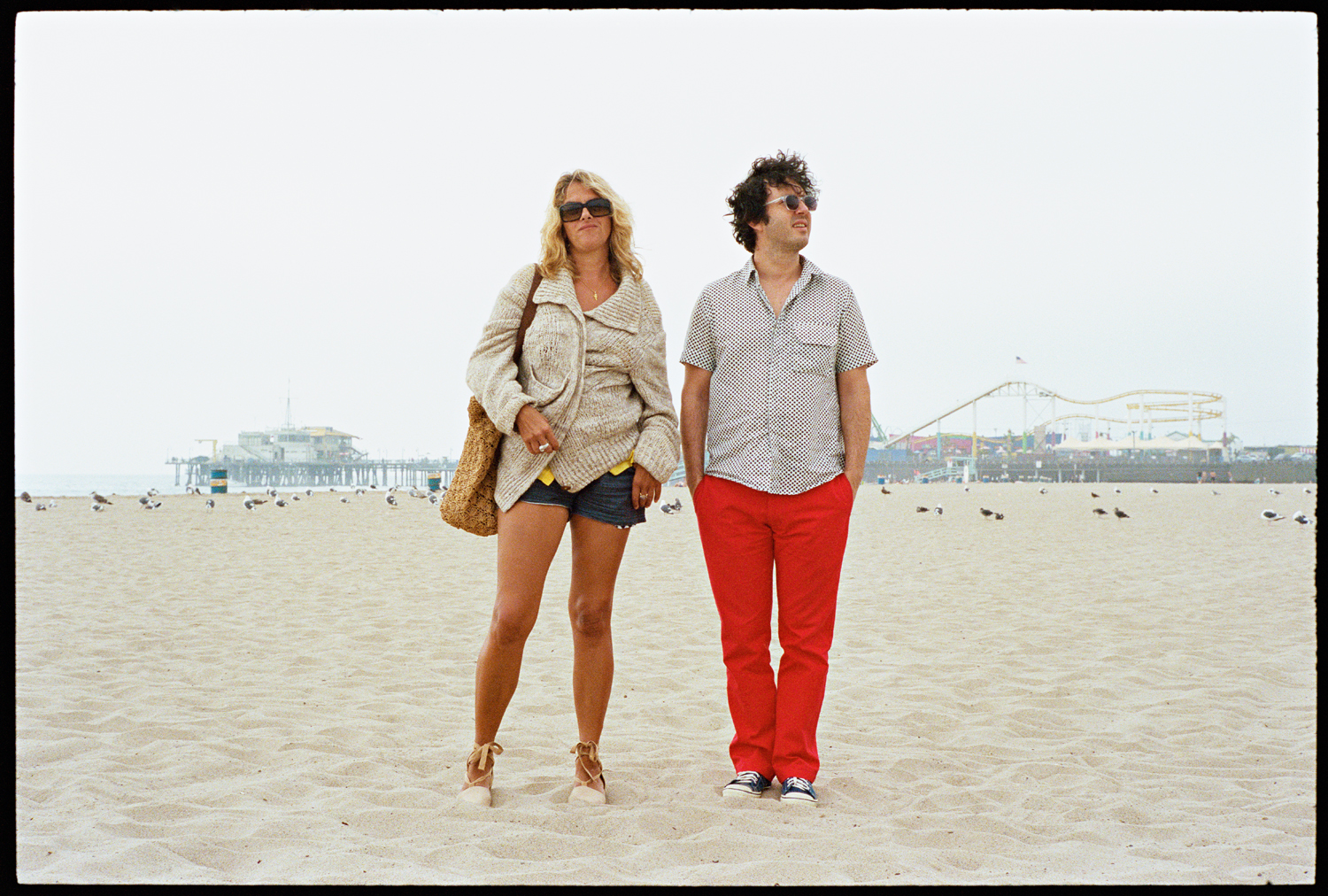Purple Magazine
— S/S 2013 issue 19
Tracey Emin
 Tracey Emin and Harper Simon
Tracey Emin and Harper Simon
on loneliness / artist
interview by HARPER SIMON
portrait by ED TEMPLETON
HARPER SIMON — What’s your idea of a dream date, Tracey?
TRACEY EMIN — Oh my god… that’s a really difficult question because, first of all, I don’t go on dates. It would be a real fantasy. Well, we go on the perfect picnic with the perfect food, somewhere really beautiful, in the country, with a really lovely blanket, near a stream. And we take really good books to read in the shade beneath a tree.
HARPER SIMON — And what happens in the evening?
TRACEY EMIN — Well, in the evening, you go home. My ideal date is in the afternoon, so if anyone I find reasonably attractive asks me out, I would never go out with them at nighttime. I would want to go out with…